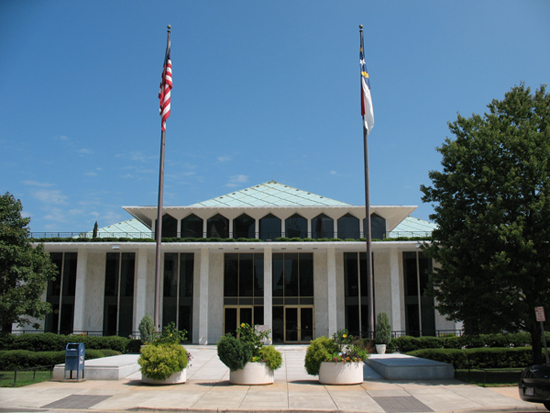Senate
The Senate has 50 members. Elections for all 50 seats are held every two years. The Lieutenant Governor is the President of the Senate; however, his/her main duty is to cast a deciding vote in the case of a tie. At the beginning of each biennium, the Senate chooses a President pro Tempore, who presides in the absence of the Lieutenant Governor. The most important duty of the President pro Tempore is to appoint the members to the various standing committees in the Senate.
